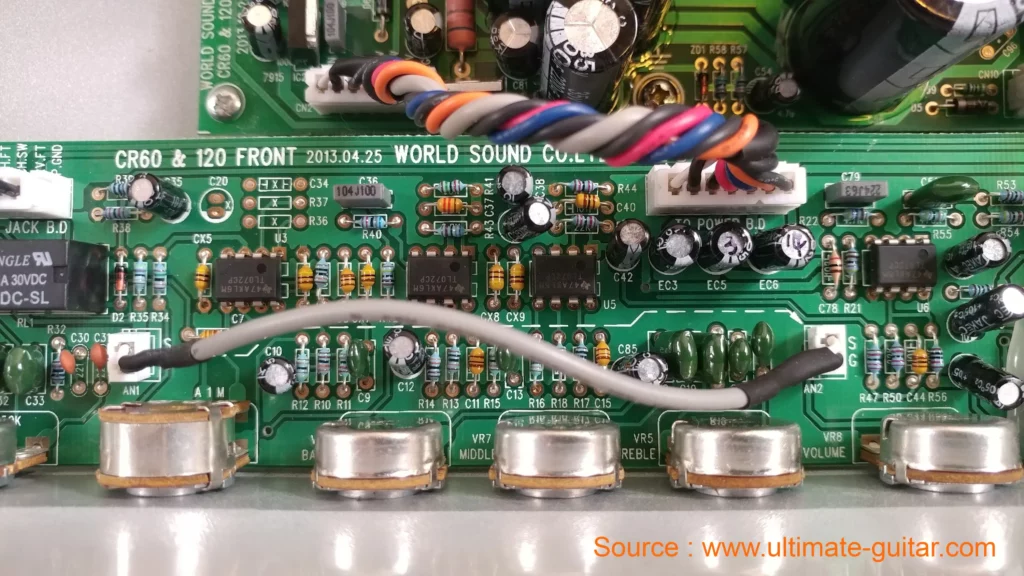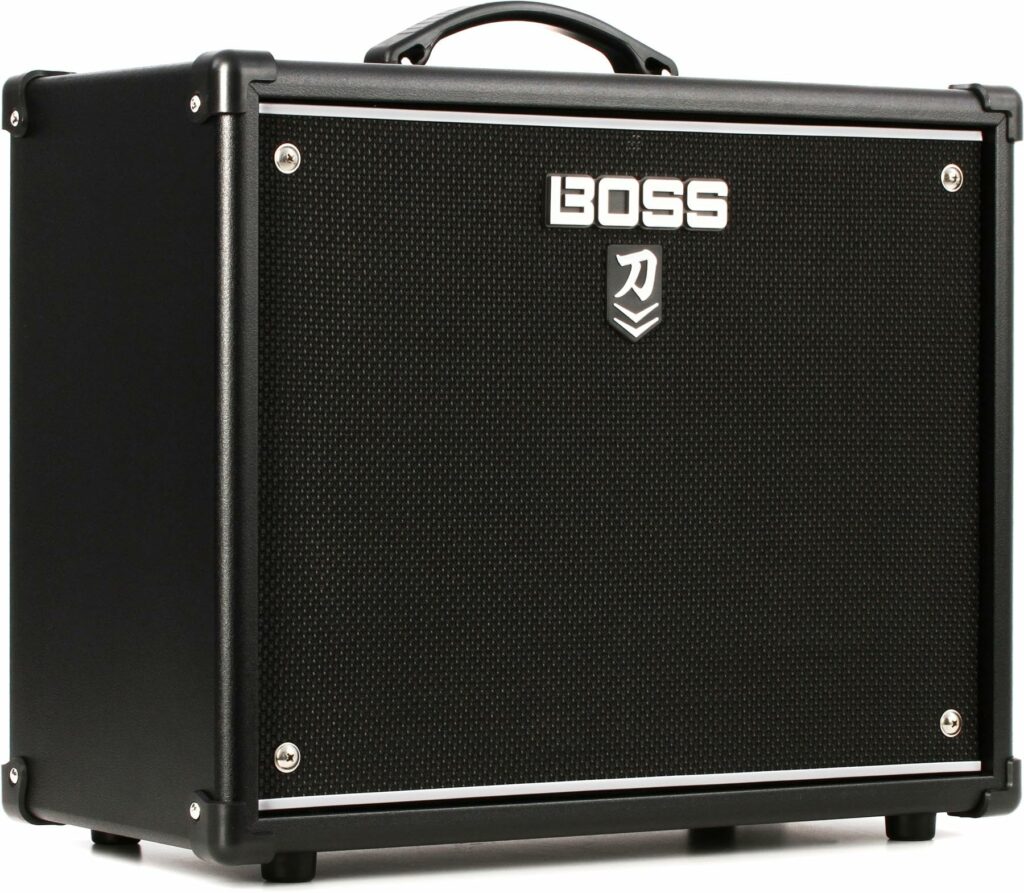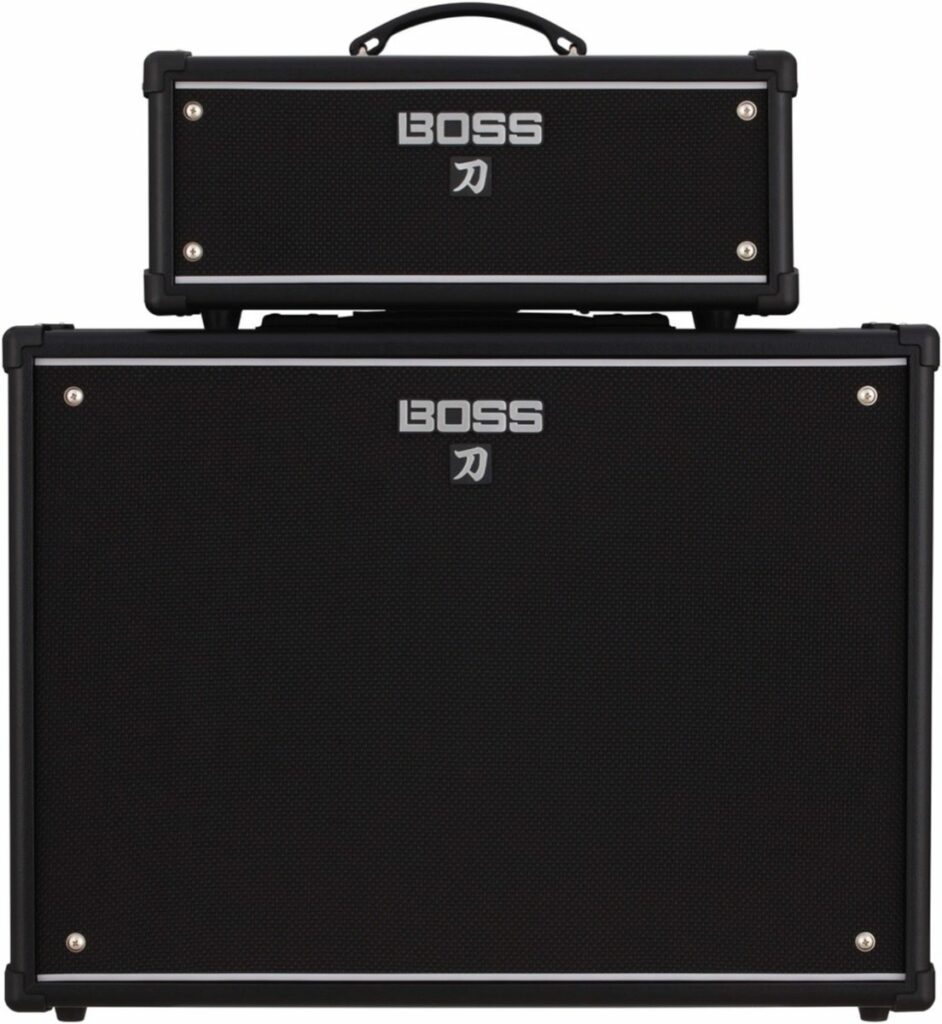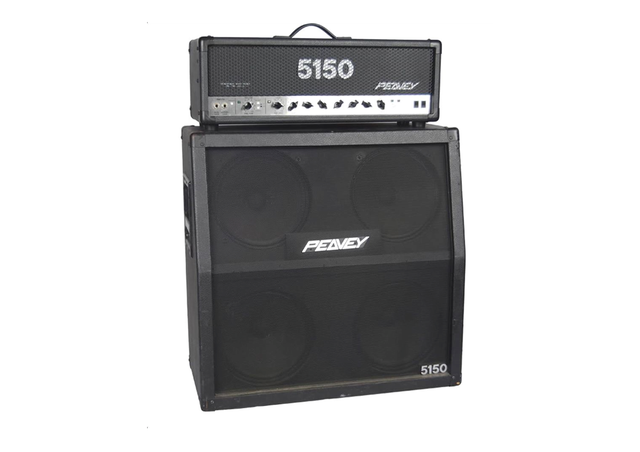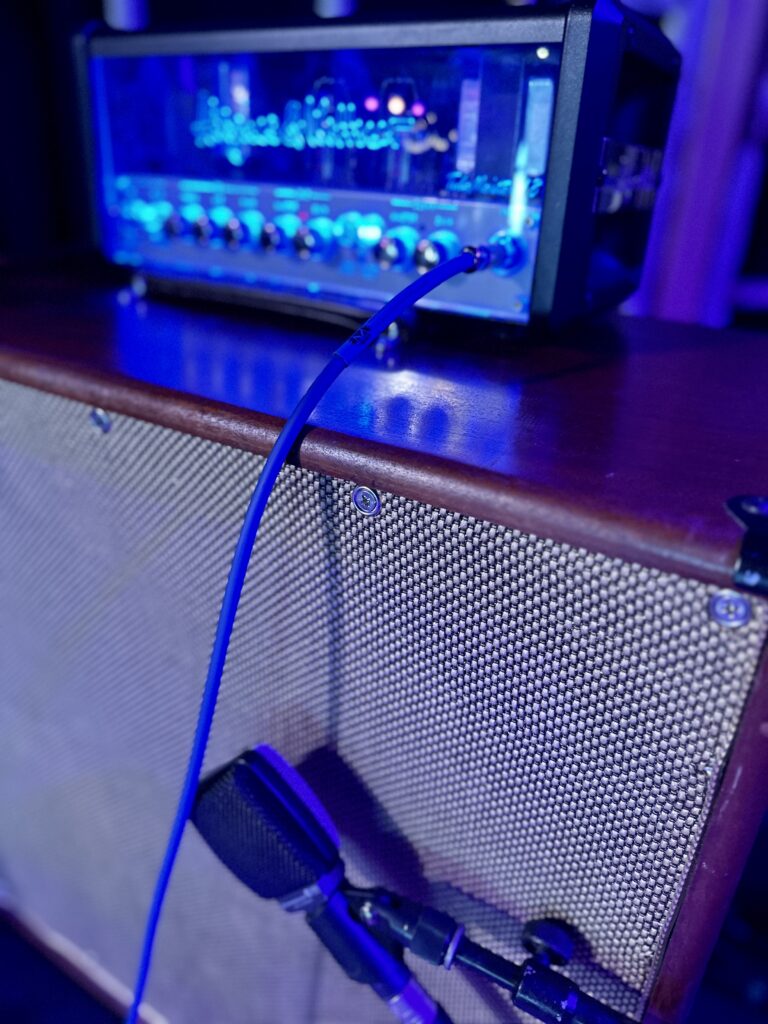Understanding Solid State and Tube Amps: Configurations and Usage
When it comes to amplifiers, the debate between solid state and tube amps has been going on for decades. Both types have their unique characteristics, configurations, and applications. Whether you are a student, a seasoned musician, or a music educator, understanding these differences can help you make an informed decision about which amp suits your needs best.
Solid State Amps
What Are They?
Solid state amps, also known as transistor amps,
use transistors to amplify the audio signal. These amps are known for their reliability, durability, and often, affordability. Unlike tube amps, they don’t utilize delicate vacuum tubes that are prone to wear and tear.
Configurations and Features
Combo Amps: These are self-contained units that include both the amplifier and the speaker in one enclosure. Combo amps are portable and convenient, making them a popular choice for students and beginners
Head and Cabinet or Stack: In this setup, the amplifier (head) and the speaker (cabinet) are separate units. Different speakers impart different characteristics to the preamp’s tone; this allows for greater flexibility and customization, as you can mix and match different heads and cabinets to achieve your desired sound.
Advantages
- Durability: Solid state amps are less susceptible to damage from physical shock and don’t require regular maintenance.
- Consistency: They provide a consistent sound without the need for warming up. Unlike tube amps which have drastic dynamic and tonal changes based on output level, solid-state amps maintain the same dynamic and tonal characteristics throughout their output spectrum. In other words, you can play them quietly and it will sound and feel good compared to a tube amp at the same perceived volume.
- Cost-Effective: Generally more affordable than tube amps, making them accessible for students and those on a budget. Additionally, they don’t require regular tube replacements as do tube amplifiers.
How to Use Them
Solid state amps are straightforward to use. Plug in your instrument, adjust the volume and tone controls to your preference, power it on, and you’re ready to go. They are ideal for practice sessions, live performances, and recording, thanks to their reliability and ease of use. Many modern solid state amps include various inputs and outputs to maximize their utility in the studio and on stage.
Tube Amps
What Are They?
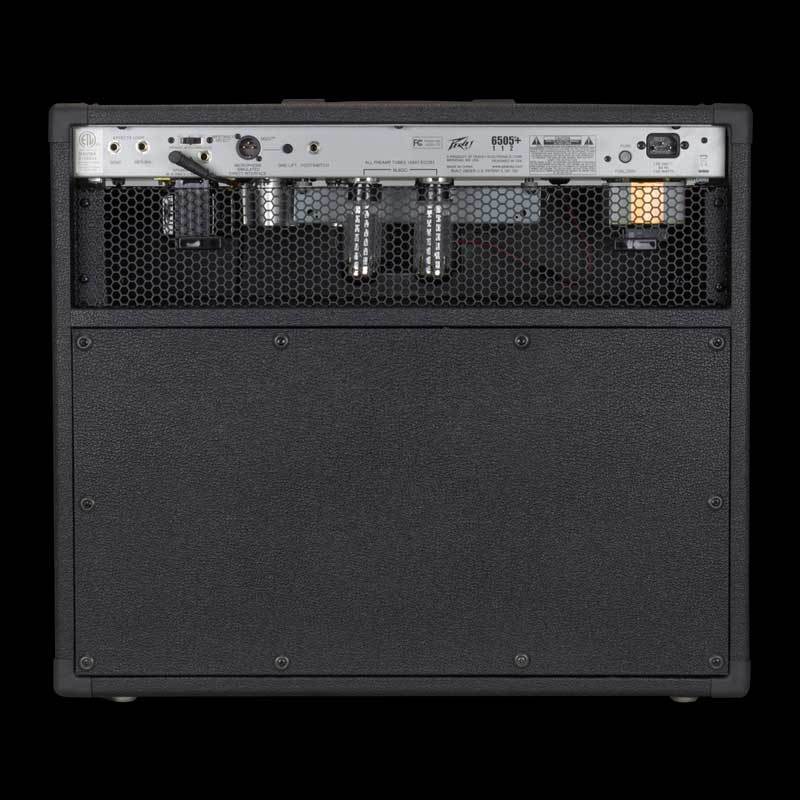
Tube amps, also known as valve amps, use vacuum tubes to amplify the audio signal. A vacuum tube is an electronic device inside a glass enclosure with no air, similar to a light bulb. They are revered for their warm, rich sound and dynamic response. Many musicians believe that tube amps provide a more “organic” tone compared to solid state amps.
Configurations and Features
Combo Amps: Similar to solid state combo amps, these units include both the amplifier and speaker in one enclosure. They are popular among gigging musicians for their convenience and vintage sound.
Head and Cabinet or Stack: Like solid state configurations, tube amp heads and cabinets can be mixed and matched. This setup is favored by professionals and enthusiasts seeking a specific sound. All cabinets can be used with solid-state or tube heads, so long as they are matched appropriately based on power handling, impedance, etc.
Advantages
- Sound Quality: Tube amps are praised for their superior sound quality, characterized by warmth and natural compression.
- Dynamic Response: They respond dynamically to your playing, providing a touch-sensitive experience that some musicians prefer.
- Vintage Appeal: Many tube amps have a classic design and sound that appeals to enthusiasts of vintage equipment.
How to Use Them
Using a tube amp requires a bit more care. Here are some tips:
- Warm-Up Time: Allow the tubes to warm up for a minute or two before playing to ensure optimal sound quality and minimize potential damage.
- Volume Management: Tube amps are known for their natural overdrive at higher volumes. Experiment with the volume and gain controls to find the sweet spot for your desired tone.
- Maintenance: Regularly check and replace the tubes as needed to maintain the amp’s performance. Tubes will wear out over time and affect sound quality. Power tubes (commonly 6L6, EL34, KTX7) need replacing more frequently than do preamp tubes (commonly 12ax7, ECC83).
Choosing the Right Amp
The choice between solid state and tube amps ultimately depends on your personal preference, playing style, and needs. Here are a few considerations:
- Budget: If you’re on a budget, a solid state amp might be the better choice. They offer great sound quality at a lower price point and require less maintenance.
- Sound Preference: If you prefer a warm, dynamic sound and don’t mind the extra care (and weight), a tube amp could be the way to go. Many musicians find the tonal qualities of tube amps unmatched.
- Portability: Solid state combo amps are often lighter and more portable, making them ideal for students and musicians on the go. Tube amps, while often heavier, offer a unique sound that many are willing to transport.
- Usage: Consider how and where you’ll be using the amp. For home practice and small gigs, a solid state combo amp might suffice. For studio recording and larger performances, the rich sound of a tube amp might be more desirable.
Conclusion
Both solid state and tube amps have their place in the world of music. Understanding their differences, configurations, and how to use them can help you make an informed choice that enhances your musical journey. Whether you’re looking for the reliability and cost-effectiveness of a solid state amp or the warm, dynamic response of a tube amp, there’s an amplifier out there that will perfectly suit your needs.
We carry primarily solid-state combo amps at Menchey Music Service for their convenience, affordability, and versatility. Explore, experiment, and find the amp that resonates with your sound and style. Happy playing!
